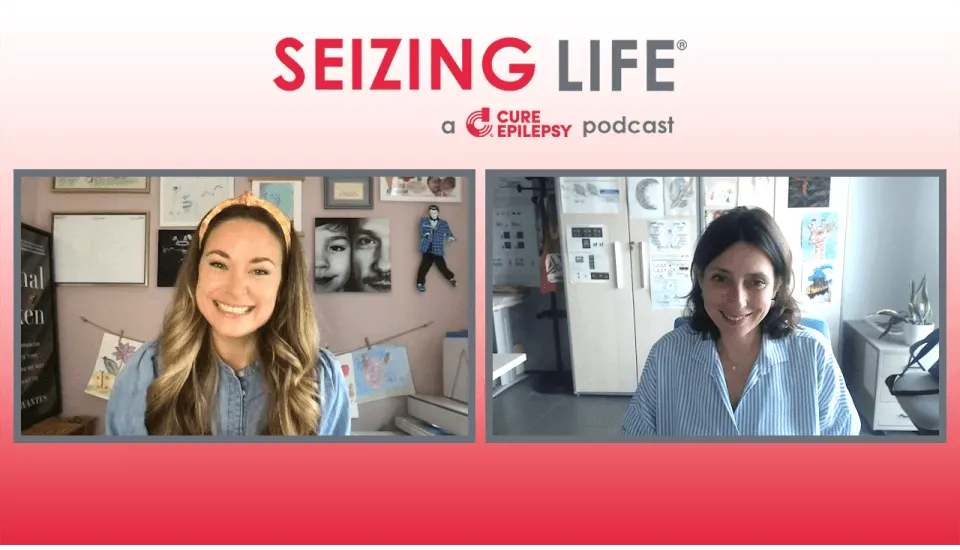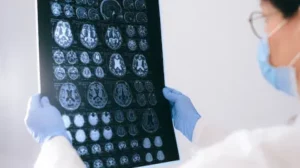In the Fall of 2010, Toya and her husband Dr. Anthony Johnson, pastor at Prayer Temple Missionary Baptist Church in Redford, Michigan, were getting ready to go to church. Their plans took a dramatic turn when their 5-year-old daughter, Alyse, had the family praying on their way to a local emergency department after her body started shaking, her eyes rolled back and her mouth shifted to one side.
After two weeks of seizures, doctors prescribed an anti-seizure medication, but Alyse still had seizures daily. She was treated for epilepsy with additional antiepileptic drugs (AEDs) and increased doses but her condition worsened. She started losing her ability to walk and talk.
In September 2014, Alyse was evaluated by Mitchel T. Williams, M.D., pediatric neurologist at the Children’s Hospital of Michigan, who specializes in the developing field of neuroimmunology and epilepsy.
“Inflammation plays a role in epilepsy. Anywhere from 10 to 20 percent of intractable focal epilepsy cases are due to an underlying autoimmune cause. That is a huge percentage,” says Dr. Williams.
After finding out that family members had autoimmune disorders, Dr. Williams suspected that in Alyse’s case, there was such an underlying cause making the steroids ineffective in fully addressing her issues.
Further testing showed that Alyse had seizure activity during 85 percent of her sleeping time. The treatment plan? Intravenous immunoglobulin (IVIG) for autoimmune epilepsy which involves administering a sterile solution of concentrated antibodies extracted from healthy donors into a vein. “IVIG does not suppress the immune system, it bolsters it,” says Dr. Williams. “You are gaining antibodies from many other people. It in essence tames the immune system and diffuses the abnormal response.”
Since her IVIG treatments over 3 year ago, Alyse takes fewer antiepileptic drugs and she continues her IVIG treatments twice a month at the Children’s Hospital of Michigan. Thanks to the success of the IVIG treatments, Dr. Williams has also weaned Alyse off the steroids which caused side effects such as weight gain and diabetes.




